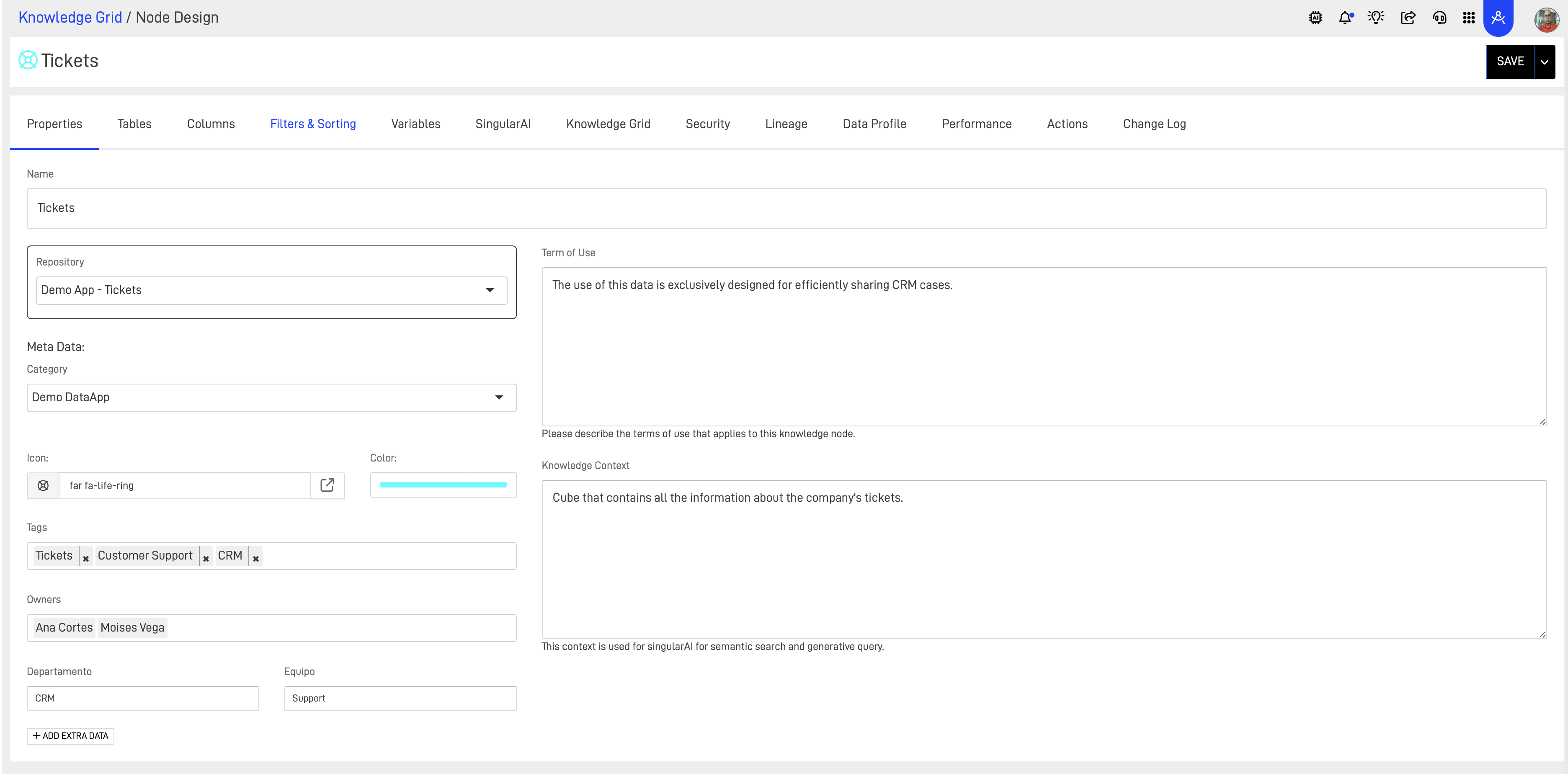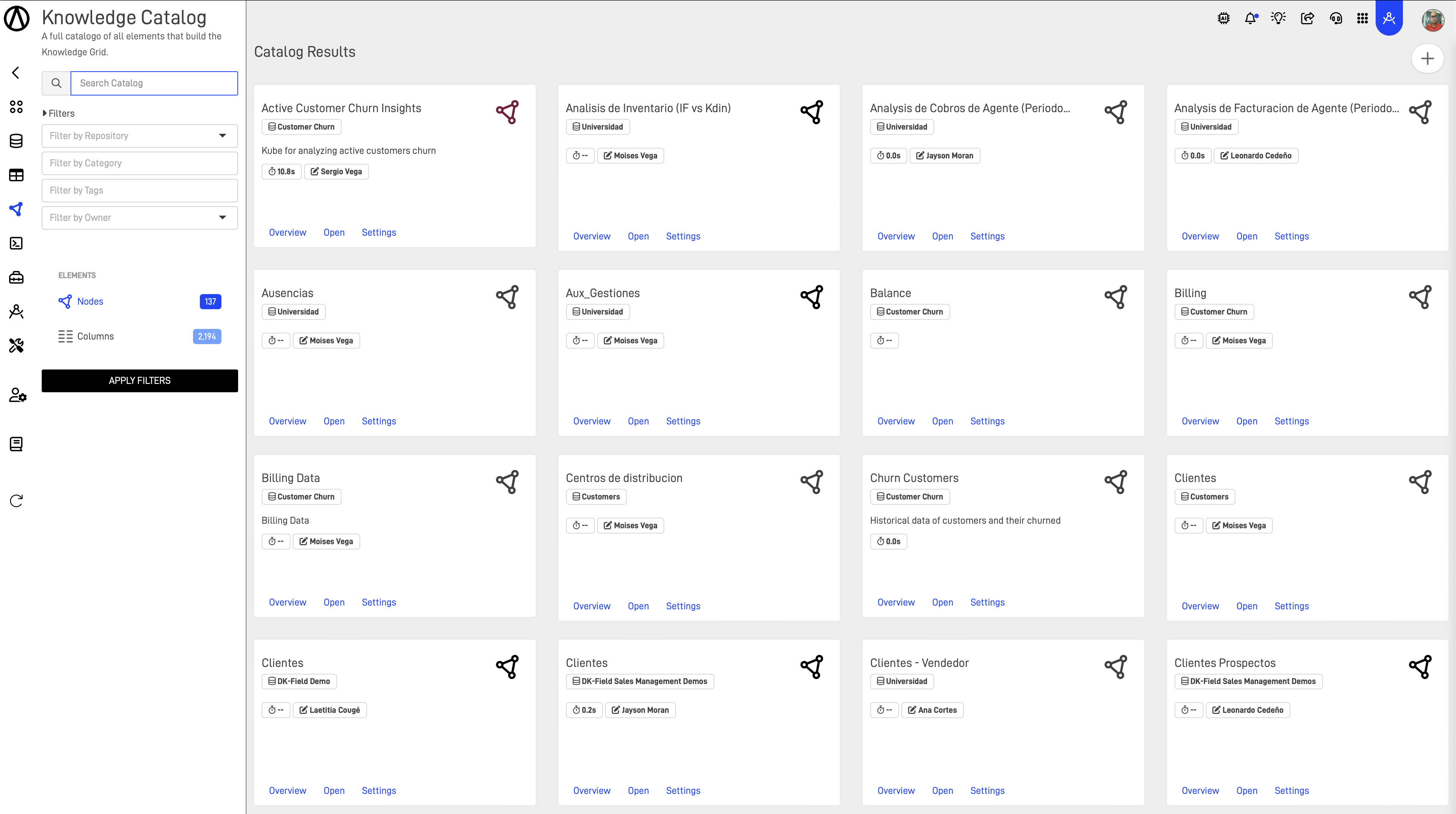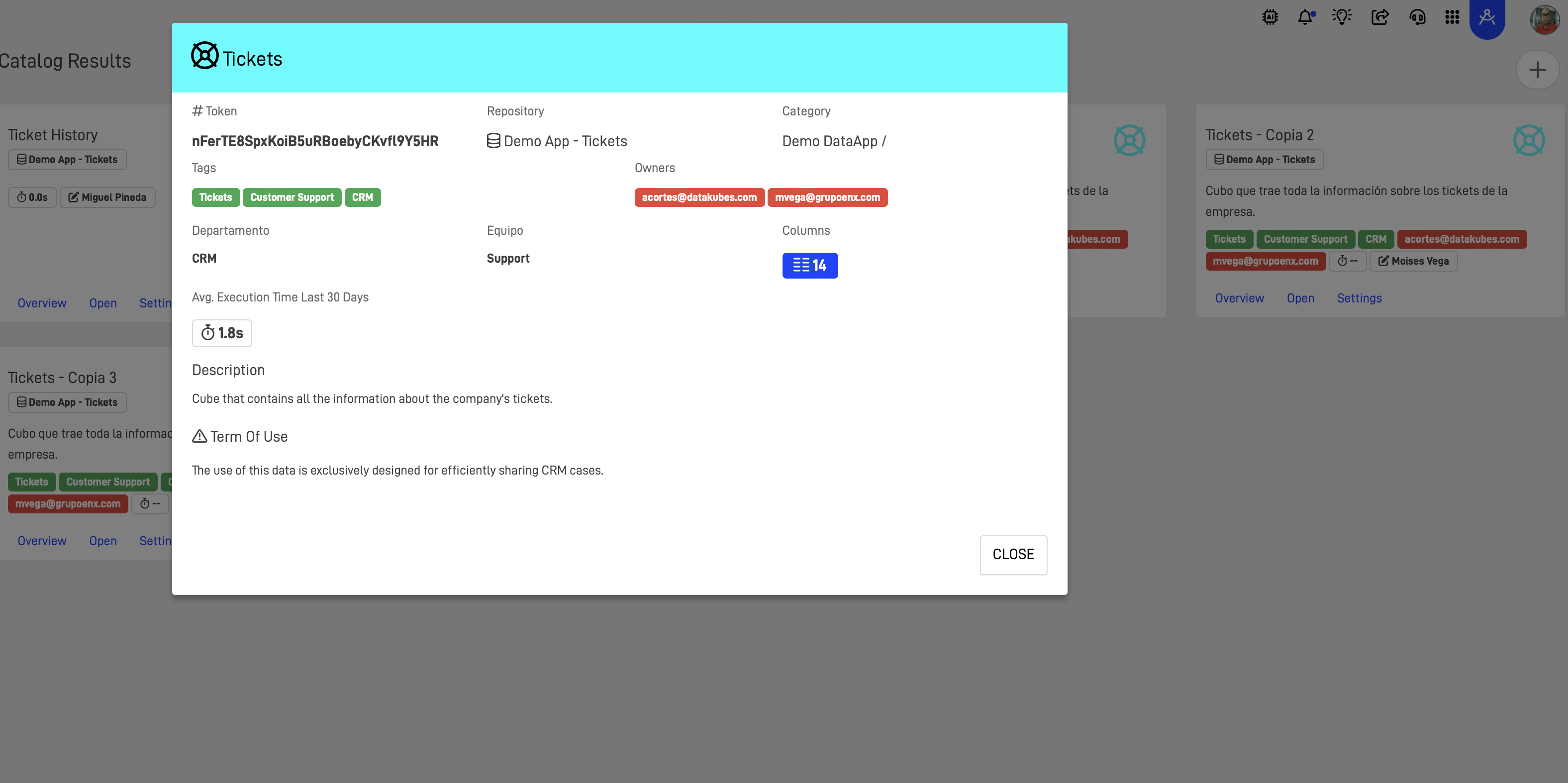Data Governance - Meta Data
This includes information about the data itself, such as table names, column names, data types, and sizes. Metadata offers a detailed understanding of the data's structure and format, which is crucial for effective data management.
Metadata, often described as "data about data," plays a pivotal role in various domains, including data management, digital resources, and information technology systems. It provides essential context or supplementary information about data, which can significantly enhance the understanding, utilization, and effective management of the data itself.
📂 Types of Metadata
Metadata can be broadly categorized into several types, each serving distinct purposes:
-
🔎 Descriptive Metadata: This type is used for discovery and identification. It includes elements such as titles, abstracts, authors, and keywords, which help users find and understand the nature of the source data. In libraries and archives, descriptive metadata assists in the cataloging of materials, making them easily searchable.
-
📑 Structural Metadata: This metadata relates to how a system or dataset is organized. For instance, it can describe how compound objects are put together, like pages in a book, or how different data tables relate to one another within a database. It is crucial for navigating within digital content and managing the relationships between data entities.
-
🔧 Administrative Metadata: This type provides information to help manage resources. It includes data about data rights management and preservation, as well as metadata related to the creation and modification of data (timestamps, the identity of the person who created the data, etc.). It is vital for digital resource management, compliance, and archival.
-
💻 Technical Metadata: It describes the technical aspects of data assets, such as file types, file sizes, data formats, and compression methods used. This metadata is essential for managing digital collections, ensuring interoperability, and maintaining access to digital files.
-
📜 Provenance Metadata: Provenance information details the history or lineage of a dataset, including where it originated and the process by which it was generated. This type of metadata is particularly important in scientific databases where tracking the origin, methodology, and modifications of data is critical for reproducibility and validation of results.
-
📊 Usage Metadata: This records data about the usage of data, such as how frequently a data item is accessed and by whom. This information can help in understanding data popularity, user behavior, and can also guide decisions on data curation and resource allocation.
🌟 Importance of Metadata
Metadata serves several vital functions:
- 📈 Enhancing Accessibility: By providing standardized descriptions and tagging, metadata makes it easier for users to locate, understand, and retrieve data.
- 🗂️ Facilitating Data Management: Metadata supports the organization, control, and storage of data, making it easier for data management systems to categorize and archive assets efficiently.
- ✅ Improving Data Quality: Accurate metadata helps maintain the integrity and consistency of data over its lifecycle, ensuring that data remains accurate, complete, and usable.
- 🔐 Supporting Compliance and Security: Metadata can help ensure compliance with data governance policies and regulations by providing detailed logs of data access and modifications, as well as tracking the handling of sensitive information.
- 🔗 Enabling Data Interoperability: Metadata standards promote the exchange of data between different systems and platforms, supporting seamless interactions and integrations across diverse data ecosystems.
Overall, metadata is indispensable for effective data governance, quality control, and efficient resource management in modern digital environments. Its systematic collection, management, and utilization are critical to the successful exploitation of data as a valuable resource.
🧩 MetaData at the Knowledge Grid (KG)
In the AP, each KG Node has the capability to add metadata that supports data governance in your data management initiatives. For example, at the KG Node level, we can see this in the Properties section:

📝 Meta Data at the KG Nodes at the Column Level
To manage metadata at the column level, proceed to the Columns tab and click on the column with the gear icon:

On the right panel, open the Meta Data tab, where you can add any relevant metadata.

Once you manage this metadata, you can interact with it and perform more effective searches using the Knowledge Grid Catalog.

You can filter to search nodes or columns and view more details on each object using the Overview option, which displays all essential information.

Updated about 1 year ago
